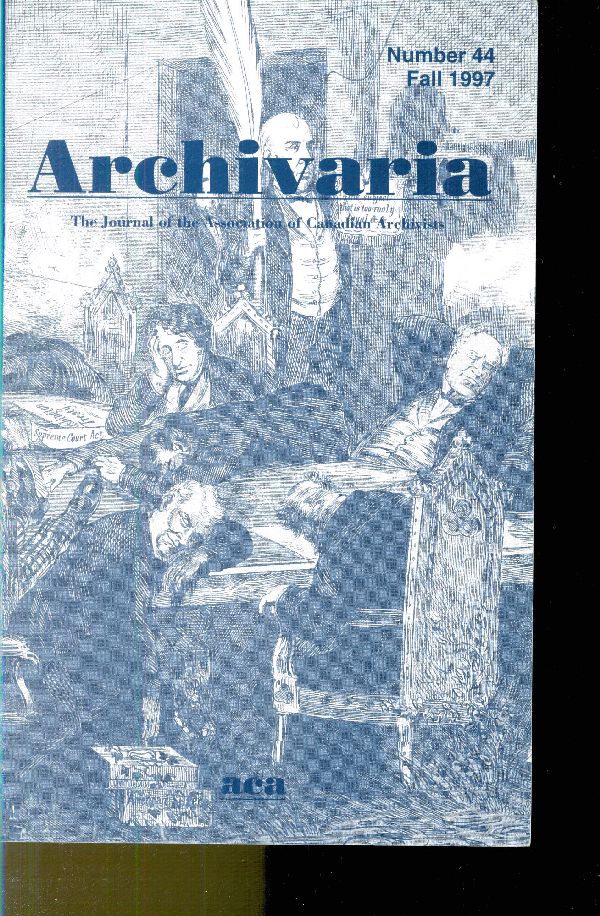Strategies for Searching Online Finding Aids: A Retrieval Experiment
Abstract
The archival community has recently been increasing its efforts to establish a presence on the World Wide Web; one aspect of this of particular interest is the move to make finding aids available online. For example, the emerging Encoded Archival Description (EAD) standard is one approach to this effort. This article is a report of a retrieval experiment, using finding aids available through the web sites at the San Diego and Berkeley campuses of the University of California, that was designed to test various methods of searching online archival descriptions. The precision and recall measures of four searching methods were compared: searching entire finding aids, searching introductory material to finding aids, searching introductory material to finding aids enhanced by controlled vocabulary terms, and searching collection-level catalogue records. As expected from similar studies in library and information science, recall increased and precision decreased as the length of the description increased. Significantly, however, the decrease in precision was sharper than the corresponding increase in recall, and the retrieval success of summary descriptions (introductory material and catalogue records) was higher than might have been expected. Implications of these findings, and suggestions for further research, are discussed.
RÉSUMÉ
La communauté archivistique a récemment multiplié ses efforts pour se manifester sur Internet. Ce qui est particulièrement intéressant dans ce mouvement c'est que l'on cherche à diffuser les instruments de recherche en ligne. Par exemple, une dimension de cet effort est justement l'émergence de la norme américaine d'encodage des descriptions archivistiques (Encoded Archival Description: EAD). L'article fait état d'une expérience de repérage réalisée à l'aide d'instruments de recherches disponibles sur les sites web des campus de l'Université de la Californie de San Diego et de Berkeley. L'objectif était de tester diverses méthodes d'interrogations des descriptions archivistiques en ligne. La précision et les résultats en occurrences de quatre méthodes d'interrogation furent comparés : interrogation d'instruments de recherches entiers, interrogation du matériel d'introduction des instruments de recherche, interrogation de ce même matériel d'introduction d'instruments de recherche améliorés par l'utilisation du contrôle d'autorité et interrogation des notices d'inventaires au niveau du fonds. Comme des études similaires menées en bibliothéconomie et en sciences de l'information l'ont déjà montré, plus la description est longue plus le nombre d'occurrences augmente et que la précision diminue. Toutefois, il est significatif que la perte de précision était plus prononcée que l'augmentation correspondante des occurrences alors que le taux de succès du repérage, dans le cas de l'interrogation de notices descriptives sommaires (matériel introductif et notices d'inventaires), fut plus élevé qu'anticipé. L'article traite de ces résultats et formule des suggestions pour d'autres travaux de recherche.
Authors of manuscripts accepted for publication retain copyright in their work. They are required to sign the Agreement on Authors' Rights and Responsibilities that permits Archivaria to publish and disseminate the work in print and electronically. In the same agreement, authors are required to confirm that "the material submitted for publication in Archivaria, both in its paper and electronic versions, including reproductions of other works (e.g. photographs, maps, etc.) does not infringe upon any existing copyright." Authors of manuscripts accepted for publication retain copyright in their work and are able to publish their articles in institutional repositories or elsewhere as long as the piece is posted after its original appearance on archivaria.ca. Any reproduction within one year following the date of this agreement requires the permission of the General Editor.





